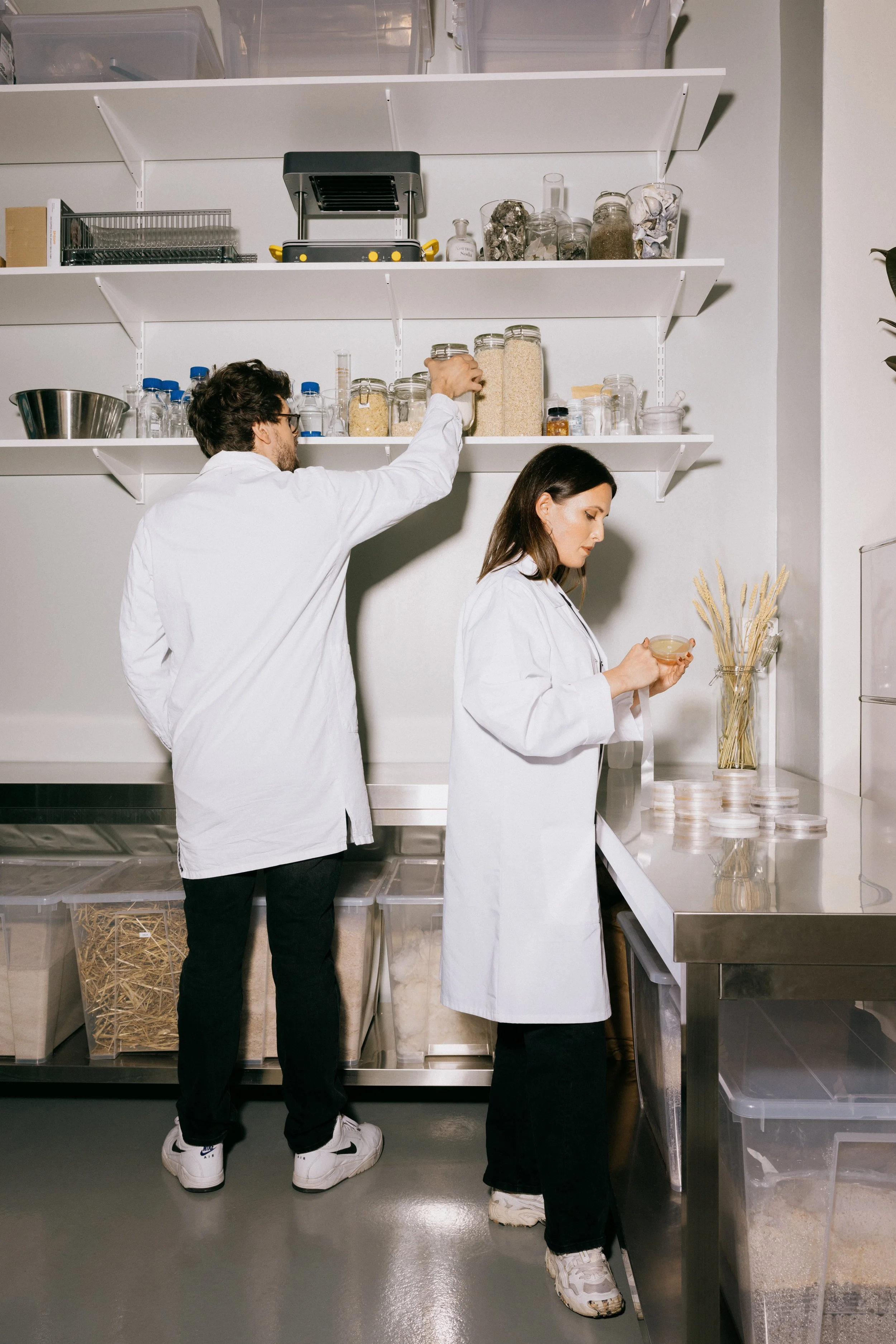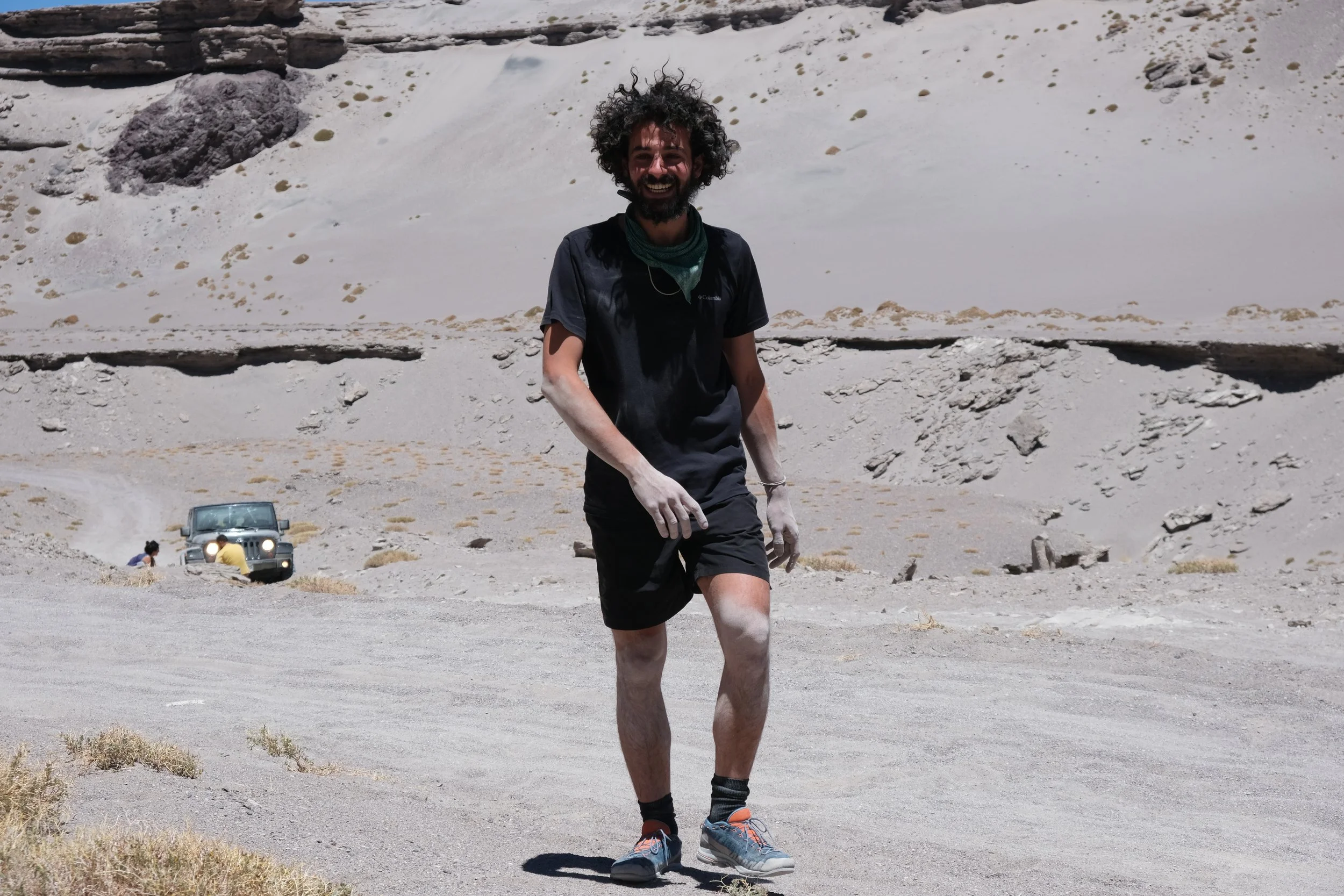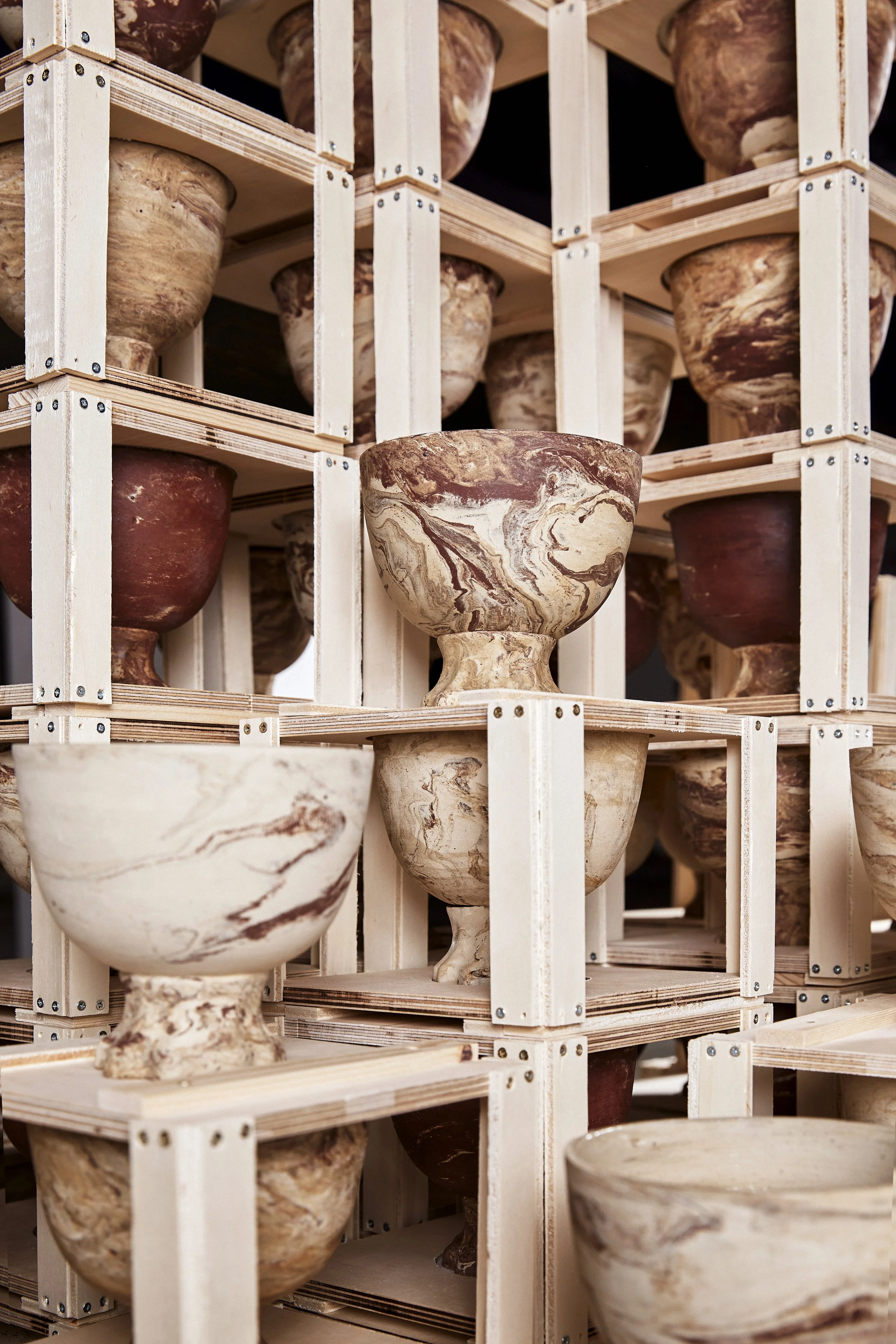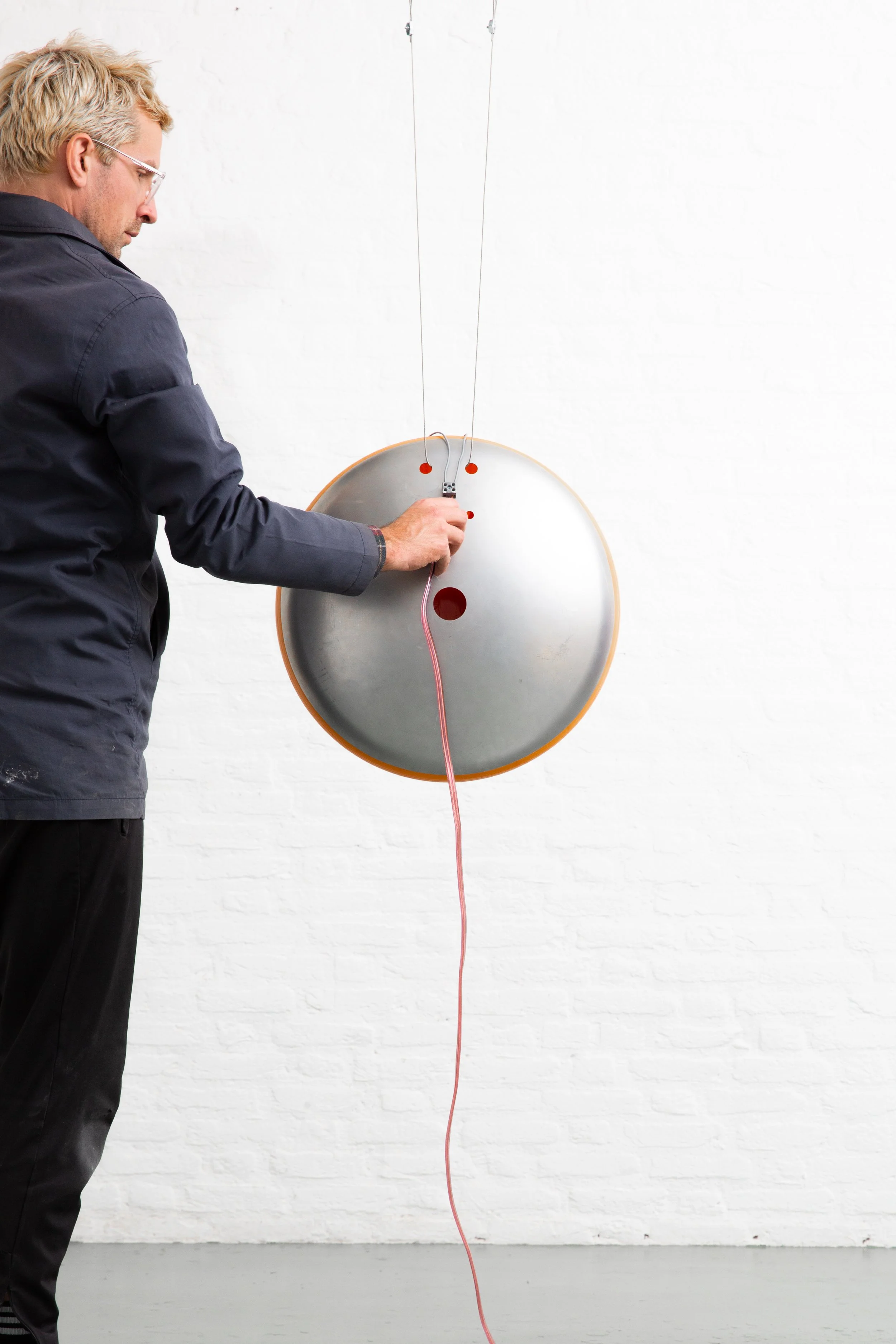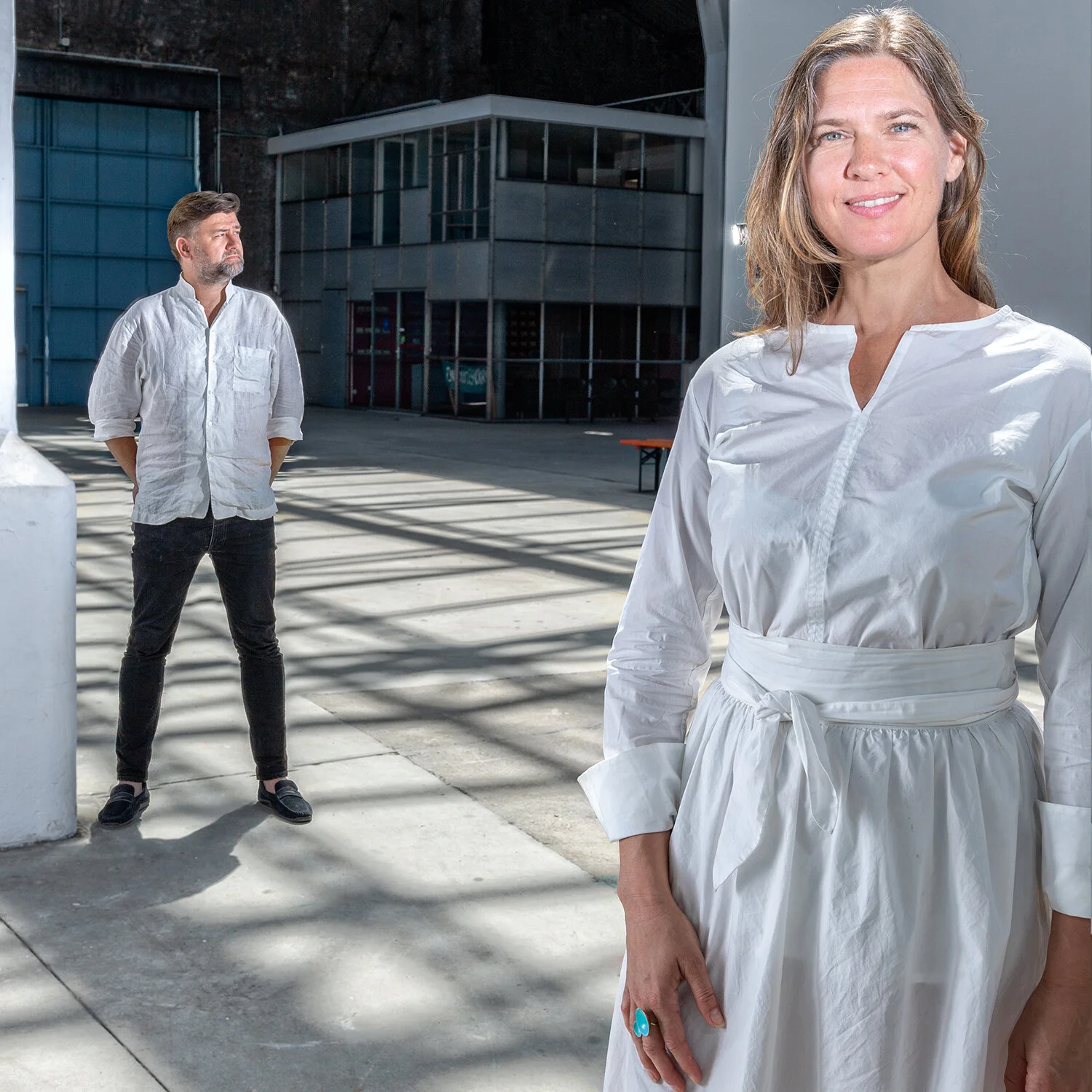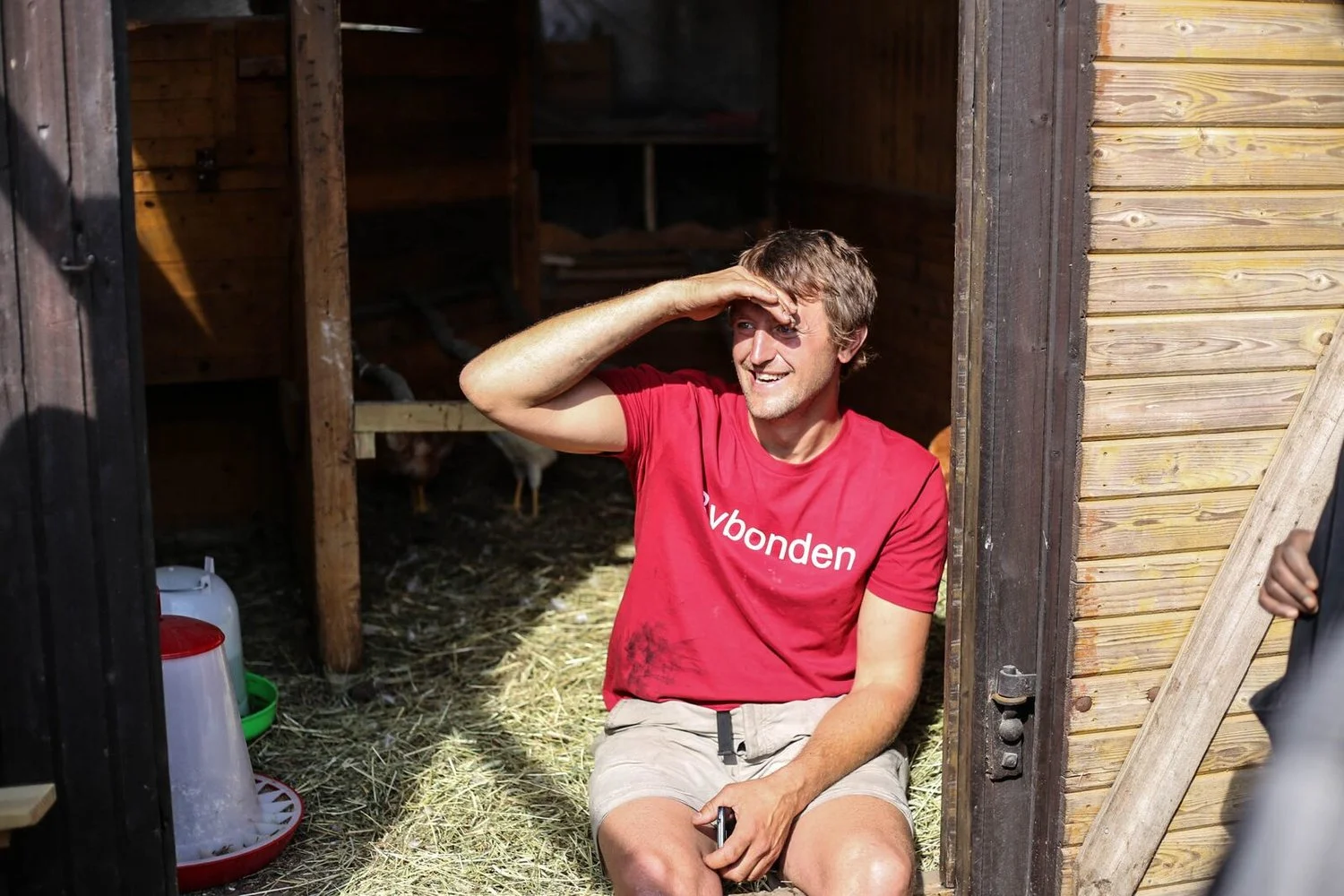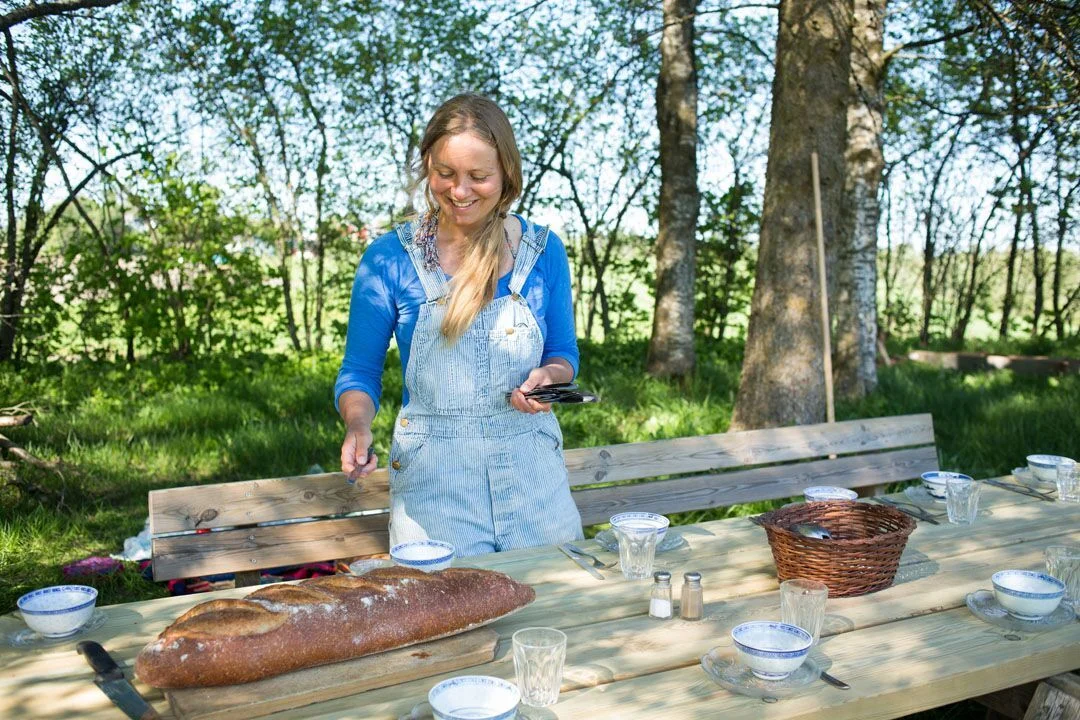Tora Fougner Økland of Bybi on honey and the life and death of bees
Foto: Matthew Bryce
Human life is intimately bound together with insect life, not only by means of honey bees - but with pollinating insects of all sorts.
We have spoken to biologist, beekeper and microactivist Tora Fougner Økland about the work of Bybi Oslo on friendship with bees - and the role of architecture and design in preserving life.
What is Oslo Bybi about and who is involved?
Bybi Oslo is a local Chapter of the Norwegian beekeeping association, but we also do a lot of work to preserve other pollinating insects in cities as well as biodiversity in general. So we do everything from educating new beekeepers and tending hives and producing honey to helping businesses make their spaces more pollinator friendly.
The “core” of the organization today is advisor and beekeeper Ragna Ribe Jørgensen, who was one of the founders in 2012, and Ane Johnsen, who is the director, and a bunch of volunteering beekeepers, biologists, product developers and even sommeliers.
How did you find your way into working with bees?
That was actually as close as you can get to an accident. My mother wanted to start beekeeping when she started a new job, because she “would have so much more time”, as she said, but as things usually go in this world, she didn’t have time to go to the beekeeping course she signed up for when it actually started.
So my father went to the course, but when the bees actually arrived I ended up taking over the project – I usually say it was love at first sight with these creatures. After that I became the main beekeeper for Bybi for a while, and actually beekeeping is what motivated me to do a degree in biology.
How is your different as a result of your close relationship to a non-human life-form?
One of the most marvelous things that strike you when you start beekeeping is the complexity of the honeybee society. The way they coordinate their work, build their hive and communicate with each other, while always working with extreme efficiency, is not just impressive, it’s a real wake-up call that really shows you how clever nature really is.
I think I developed a surprisingly strong empathy for my bees and wanted to understand them as well as I could. But it also changed the way I viewed nature in general. I’ve always cared about environmental issues, but as a beekeeper, you feel the consequences of extreme weather such as drought or short winters much more directly than most city-dwellers. You start seeing the landscape differently. You don’t see neatly mowed lawns as beautiful anymore, you want them to be messy and full of dandelions and clover, because you know that’s what your bees and all the other pollinators are looking for.
How much do we know about the situation of insect death?
Enough to know we need drastic measures and new ways of designing our landscapes! We know that there are so many species of insects we haven’t discovered yet, and that many of those we know about are hard to track. It’s hard to estimate how severe the situation is globally, but around 40% of all insect species are threatened with extinction, and the number of insects is also declining quickly.
There was a study published in Germany a couple of years ago where volunteers had collected insects in national parks, and seen a decline of 75% in insect biomass since the end of the 80s. This was in a national park, too, so changing landscapes, which are one of the strongest drivers globally, probably wasn’t a direct factor in this case. In Norway, 25% of all pollinating insects are threatened. It’s important to know that while we can track loss of honeybee colonies and even treat them if they’re ill or starving, wild insects are much more vulnerable because they don’t have beekeepers taking care of them. And at the same time, its much harder to get good numbers for how well they’re doing.
A lot of people are trying to find a way to contribute, what can everyone do?
The most important thing is to increase the amount of available food and nesting sites. In short, planting flowers and making sure they have access to things we might usually clear away, like old dead wood, straw and leaves, sandpits, stone walls, hollow trees, that kind of thing. Some wild bees can only fly around 500m between each time they eat nectar, so that plant pot on your balcony could actually save a life. Cut the grass less frequently, maybe even turn your lawn into a flower meadow. You could also put an insect hotel in your garden or balcony.
How do you see the role of architecture and design in helping to preserve biodiversity and insect life in particular?
I think one of the most important ways of architecture and design can contribute is communication and just making people aware of all the creatures we share our cities with. A strategically placed insect hotel in a busy park creates a space for some otherwise very anonymous and shy insects to be visible, and when people .
In addition, as we become an ever-more urban species where cities take up more and more space, we need to find ways to rewild our urban spaces, not just rural areas, so that we can incorporate biodiversity better than we do now. And we can’t do that without creative architects, city planners and designers.
What is be said about the richness of honey as a culinary product?
Honey is actually a great product if you want to explore your local biodiversity. Honey takes its flavours from wherever the bees have been collecting nectar, which means that honey tastes completely different in different parts of a city or with different seasons. In Norway, at least, we are used to most honey tasting the same, and so people are shocked when they come to our honey tasting sessions and get to try honey that naturally tastes like liquorice or cinnamon or menthol.
We just don’t have the same language to describe those differences yet as we have for wine – once that’s in place, we can really start appreciating the nuances. Honey is underappreciated in cooking, too. Different honeys work well in different dishes, a dark, bitter honey can do wonders for a marinade, for example, and a spicy honey is really nice for baking. Why are we still using sugar when honey makes everything taste so much more? And then there are those of us who just eat honey with a spoon straight from the glass – I can get through half a kilo in a week when I have exams.
Tora can be reached at www.bybi.no where you can learn much more about bees and urban beekeping.








